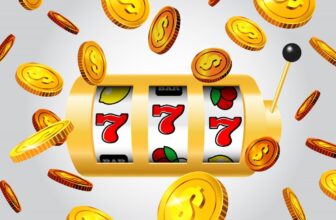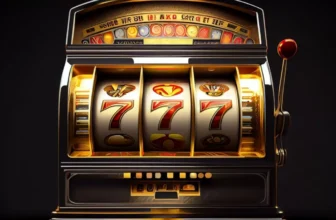When to Split in Blackjack
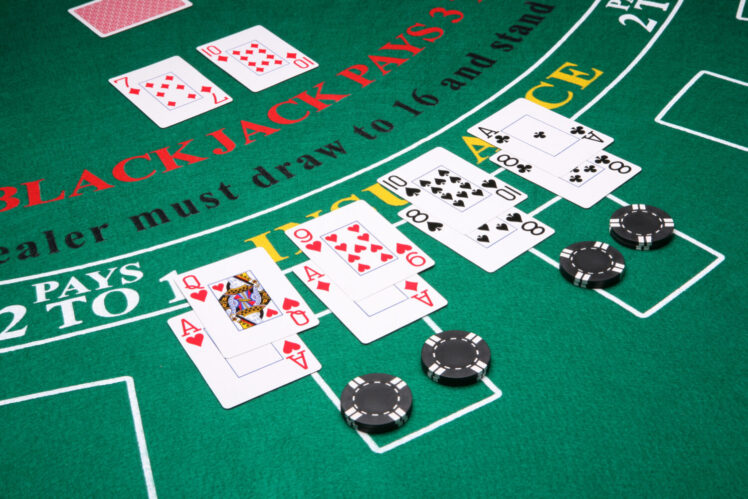
When to Split in Blackjack is an important decision that can help you maximize your winnings. Generally, you should never split a pair of non-pair hands or face cards. It’s also not a good idea to split tens. Splitting a pair of tens will leave you with two weak hands and increases your chances of busting in the next hit.
The Basic Rules of Splitting in Blackjack
Blackjack is a classic game of chance that has stood the test of time. While some players rely on their luck and intuition to win, there are certain rules that can increase their odds of success. Knowing how to split is one such rule. Splitting a hand means separating two identical cards into two separate hands, and each requires an additional bet equal to the original one.
This move can be wise when each of the cards could form a strong hand, allowing players to double their winnings or cut their losses by playing two hands instead of one. However, splitting also involves risks that could result in losing more than if players had played a single hand. Learning the basics of splitting is key to becoming a successful blackjack player, and it can make the difference between winning and losing.
Learn the Odds for each Hand when Splitting
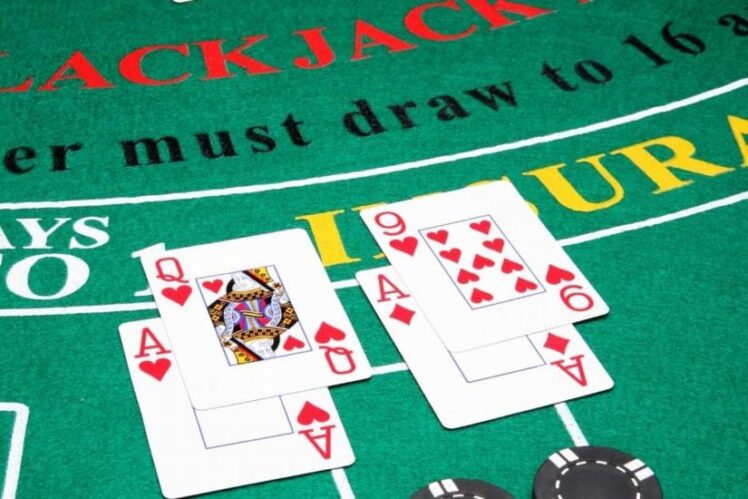
Source: casino.giocodigitale.it
Splitting your hand in blackjack can greatly increase your chances of winning, but it’s important to know the odds for each potential hand before making a decision. For example, splitting a pair of aces gives you a high probability of getting blackjack, which pays out at a higher rate.
However, splitting 10s is generally not advised as it’s a strong starting hand with a high probability of winning outright. By understanding the odds for each possible split, you can make the best decision for your strategy and potentially increase your winnings in the game of blackjack.
Different Scenarios and Calculate Your Moves to Split in Blackjack
Blackjack is a thrilling game that requires strategic thinking and quick calculations. The key to success is to analyze the different scenarios and calculate your moves to split. As you sit at the table, take a moment to observe the cards that have been dealt. Are the cards favorable for a split or should you play it safe and simply hit or stand?
It’s important to carefully assess your options and make a calculated decision. Splitting can be a risky move, but it can also lead to big rewards. With practice and steady nerves, you just might come out ahead in this exhilarating game of chance and skill.
Pair of Aces
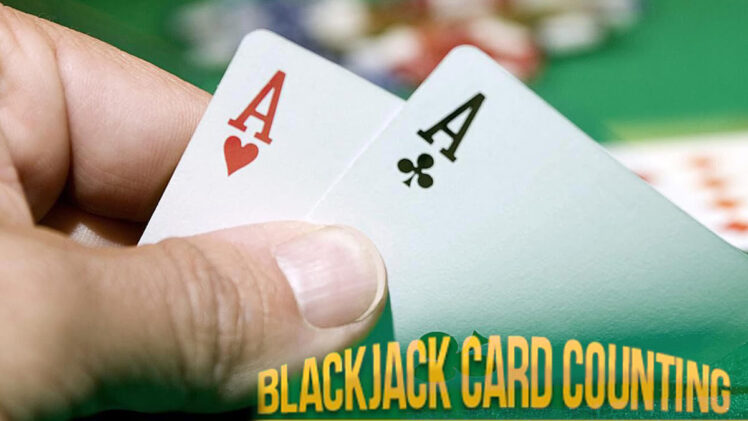
Source: gamblingsites.org
While some blackjack players may be reluctant to split pairs, a pair of aces is an ideal hand for splitting. This is because the value of a pair of aces is two and not one, giving you ample opportunity to improve your hand. Splitting a pair of aces also allows you to play against a dealer with 2 through 7 for an upcard, which makes it much more likely that you will win the hand.
While some players make mistakes when splitting pairs, others use this strategy to tilt the odds in their favor. However, the correct move for splitting pairs varies in accordance with the set of playing conditions a particular blackjack variation offers, such as deck number and dealer rules. In addition, the optimal splitting decisions are impacted by whether or not a player can double after splitting. This is because doubling after splitting is not allowed in games that don’t allow DAS.
Pair of Eights
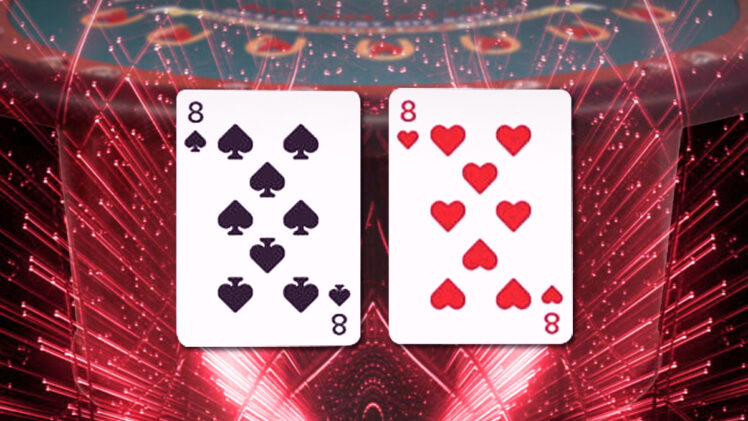
Source: bestuscasinos.org
Splitting pairs in RTP live slot pragmatic blackjack is a common practice that can help you win more hands. However, it is important to understand the limitations of this strategy and how it relates to the dealer’s up-card. Generally, you should only split a pair of eights or nines if the dealer has an ace. Two nines are 18 points, while a pair of tens is 20. Both of these hands are considered strong and can beat the dealer’s hand if you hit.
Nevertheless, splitting these two pairs will not make you a strong player. You will need a ten or an ace to complete your hand, which is not a likely scenario unless the dealer has a 10 in his hole. Besides, you will need to place an extra bet for the new hand, which is not ideal if the dealer has a weak card. In addition, you must be careful not to overplay your hands, as this will cost you more money.
Pair of Nines
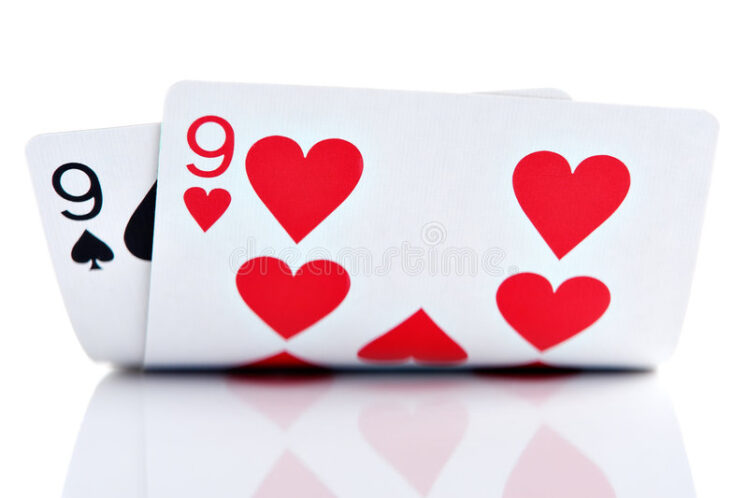
Source: dreamstime.com
A pair of nines in blackjack is a great hand to split. However, splitting a pair of nines is not always wise and depends on the dealer’s card. The dealer plays to a limited set of rules that determine whether they should hit or stand depending on the value of their cards. This means that players should always take the dealer’s card into account when deciding on which pairs to split.
It is important to remember that splitting never guarantees a profit, but it can minimize losses and increase your chances of making a short-term profit over multiple sessions. It is also important to know when to split and which pairs are best to keep together. Knowing when to split pairs can be complicated and requires a deep understanding of the game. Nevertheless, it is important to learn the right moves to maximize your chances of winning. Some of these moves include splitting aces and eights, keeping fours and fives, and not splitting tens, Jacks, Queens, and Kings.
Pair of Tens
In blackjack, splitting pairs can maximize your hand’s potential and increase your chances of winning. However, you must carefully weigh your risk against your reward before making this move. Some pairs are so strong that they should never be split, regardless of what the dealer shows. These include twos, threes, and sevens. You should also avoid splitting a pair of tens. Instead, you should always take a hit with this pair against any dealer face-up card except a seven.
Choosing when to split pairs in blackjack is a complex mathematical puzzle that requires practice and skill. The correct decision depends on the dealer’s up-card, and it is influenced by the number of decks in the game and the ruleset regarding doubling after split (DAS). Splitting high pairs is a good choice when the dealer has a weak card. Otherwise, you should stand. This can give you a big advantage over the dealer and reduce the house edge by 0.4%.


